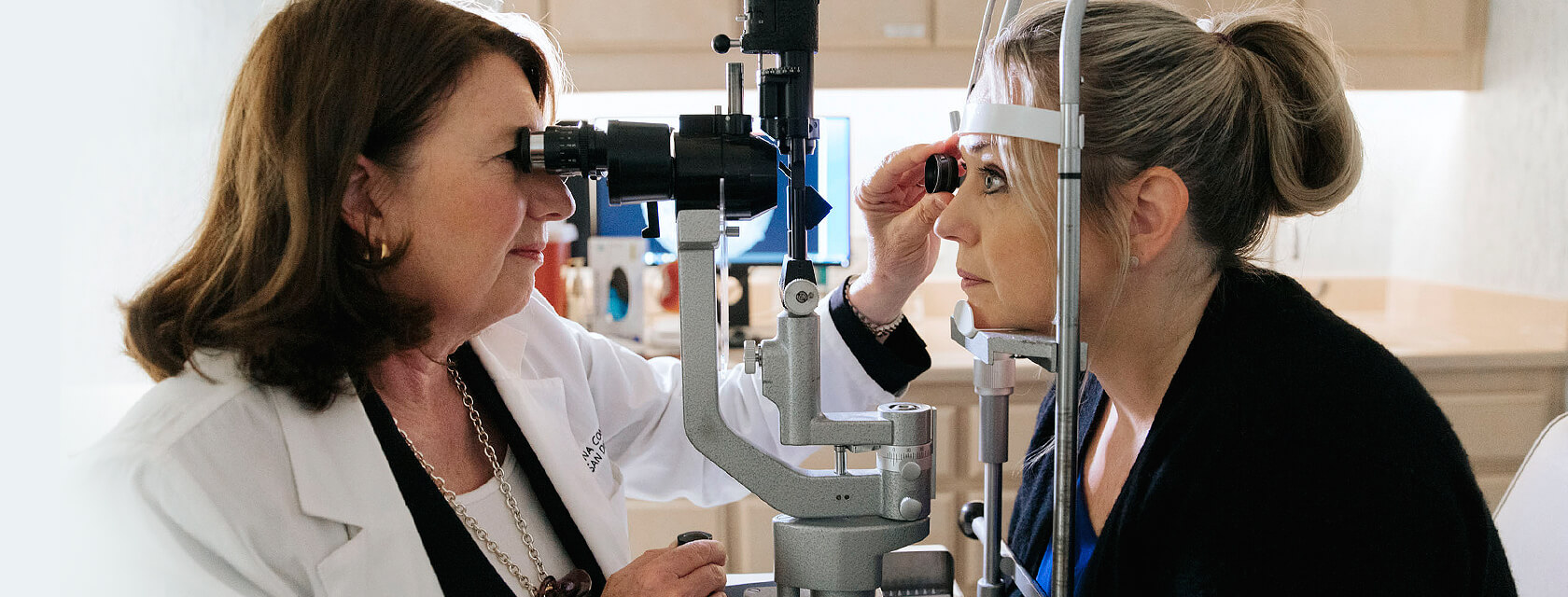Before getting started, read our Retina 101 page.
What is uveitis?
Uveitis refers to inflammation in the eye, and can affect any part of the eye. Inflammation affecting just the white part of the eye, the sclera, is called scleritis. Inflammation in only the front of the eye, between the cornea and the lens, is called anterior uveitis. Inflammation just behind the lens is called intermediate uveitis. Inflammation in the back of the eye, between the lens and the retina is called posterior uveitis. Inflammation of the retina and/or choroid is called chorioretinitis. And, inflammation throughout the eye is called panuveitis. Many types of uveitis have not discernible cause, and much of the time they can be treated medically without a large workup. Recurrent or severe cases will require a blood and imaging workup to rule out things like tuberculosis, syphilis, sarcoidosis, or identifiable autoimmune disease.
Symptoms depend on the location. Anterior uveitis is associated with pain, redness, sensitivity to light, and blurring of vision. Eyes with just intermediate or posterior uveitis may only notice floaters or haze. The haze can be significant. Eyes with retinitis or chorioretinitis may have substantial loss of vision, depending on the location of involvement.
Inflammation is visible in the eye as haze and small cells floating around. These cells can form deposits on the tissue inside the eye, called precipitates. Eyes with inflammation in the front of the eye often appear red and irritated. Inflammation in the retina or choroid may lead to whitening of the tissue.
Corticosteroids are the mainstay of treatment and can be given topically as drops, as pills, or injected in or around the eye. Dilating drops may also be prescribed. It is important to rule out infectious etiologies, and to treat those appropriately before starting corticosteroids. Rare, severe cases will require stronger immune suppression or surgical intervention.
Most patients have mild disease and do well with a short course of eyedrops, with no further episodes. Some patients have recurrent disease and need to use drops with each episode. Eyes with severe disease, particularly if discovered late into the course of the disease can develop scarring, cataract, glaucoma, and/or substantial loss of vision.

